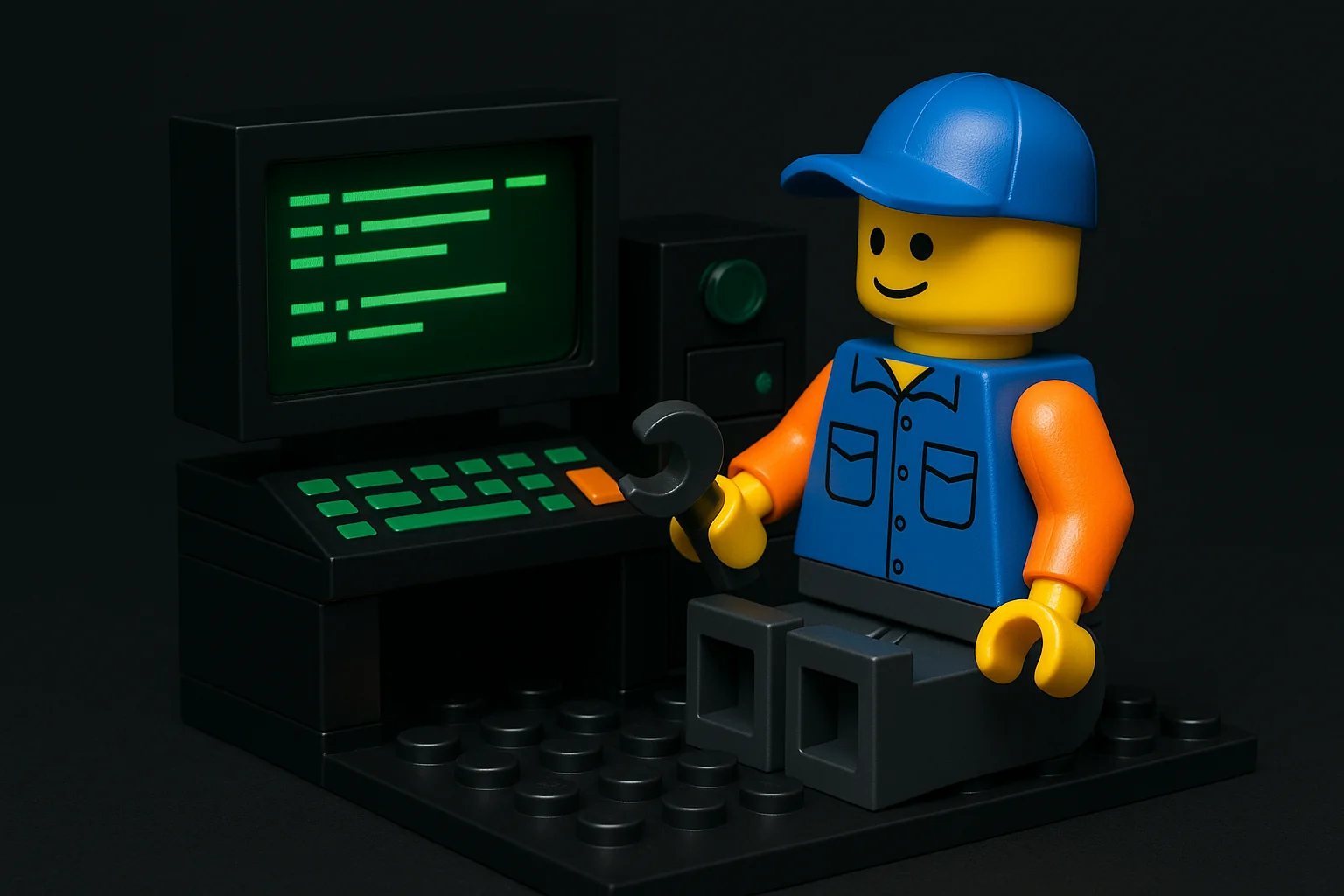Why does my computer freeze or lag randomly?

Table of Contents
Likely suspects:
- Disk at 100% active time (old HDD); check with Task Manager and SMART.
- Insufficient RAM forcing constant paging.
- Thermal throttling when dust builds up.
- Background updaters, browser extensions, or malware.
- Driver conflicts (storage, GPU) after a recent update.
Need help? Check here: /services/computer-maintenance/
What it might be (likely causes)#
Disk saturation (especially HDDs)
If the drive spends long stretches at 100% active time, everything else starves. Aging HDDs with SMART errors (reallocated/pending sectors) are common culprits. Context and upgrade notes: /posts/speed-up-old-laptop/ and /posts/top-problems-10-year-old-pcs/Low RAM → paging storm
When RAM runs out, Windows leans on the pagefile. On HDDs, this feels like periodic freezes while the disk churns. A light RAM increase (or fewer autostarts) can transform the experience.Thermal throttling
Dust‑clogged fins, lazy fan curves, or dried thermal paste force the CPU/GPU to downclock. The result: bursts of responsiveness followed by molasses. If the device also runs hot or loud, start here. Thermal diagnosis primer: /posts/the-art-of-making-things-boot/Background updaters / malware / browser bloat
Cloud sync, game launchers, telemetry, and rogue extensions can spike CPU/disk. If the freeze coincides with heavy network or disk use, look for these first. Backup before cleanup: /posts/simple-data-backups-without-cloud/Driver clashes (storage, GPU, chipset)
After driver or Windows updates, some systems stutter or freeze intermittently. Rollbacks or clean installs of display/storage drivers often stabilize things.
Things to check (quick, safe wins)#
Watch the bottleneck
Open Task Manager → Performance. During a freeze, note which graph spikes (Disk, Memory, CPU, GPU). For finer detail, try Resource Monitor (resmon) → Disk tab and sort by Total (B/sec) to catch offenders.SMART and drive health
Use your preferred SMART tool. If Reallocated or Pending sectors are climbing, plan a clone to SSD. See aging‑hardware signs: /posts/top-problems-10-year-old-pcs/RAM pressure
In Task Manager → Performance, check Memory. If it’s sitting near 90–100% with a browser and a few apps, reduce startup load or add RAM. Paging storms on HDDs are particularly brutal.Clean startup
Ctrl + Shift + Esc→ Startup tab → disable non‑essentials. Reboot and retest. Broader tune‑up notes: /posts/speed-up-old-laptop/Thermal sanity
Ensure vents are clear; listen for fans. If freezes correlate with heat or you feel the chassis getting very warm, it’s time for dusting or a paste refresh.Browser & extensions audit
Disable non‑critical extensions; test with a single tab. Clear cache. If the system is only laggy in the browser, the OS might be fine.Driver checkpoint
If stutters began after a GPU/storage driver update, roll back to the previous version. Then install the latest stable from the vendor site (clean install).Reliability Monitor
Runperfmon /relto see a timeline of Application and Windows failures. This often points at the specific driver/app acting up. Background: Reliability MonitorMalware sweep (quick)
Run a reputable on‑demand scanner in addition to your resident AV. If detections appear, clean then retest performance.
Patterns to match cause#
- Mouse moves but apps stop responding → disk at 100% or an app deadlock.
- Everything slows, then fan surges → thermal throttling.
- Fine after reboot, then degrades → background updaters or memory leak.
- Only in 3D/apps → GPU driver or thermals.
- After major Windows/driver update → roll back the change and test.
When to pause and get help#
- SMART errors, clicking/grinding drives, or freezes that coincide with disk I/O errors.
- System locks during updates or backups (high risk of corruption).
- You’ve trimmed startups, updated drivers, and still see unpredictable freezes.
At that point, a hands‑on look—thermal service, SSD migration, or a clean OS rebuild—saves time.
Insight#
“Random” lag is usually a queue somewhere that never drains: storage I/O, memory, or heat. Find the line, shorten it, and the mystery disappears. Upgrading from HDD to SSD or adding modest RAM often yields the biggest step change because it removes the longest queues. Combine that with a tidy startup and clean drivers, and the machine becomes predictably fast rather than occasionally fast.
Need practical help in Kirksville—SSD upgrades, thermal clean‑outs, or a stable maintenance plan?
See /services/computer-maintenance/.